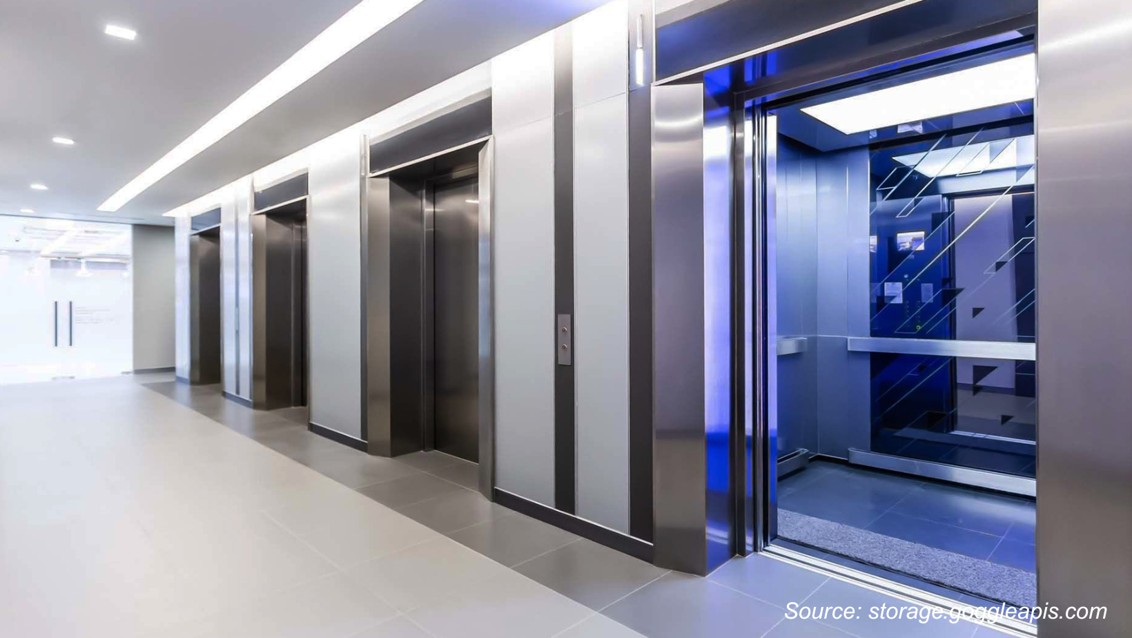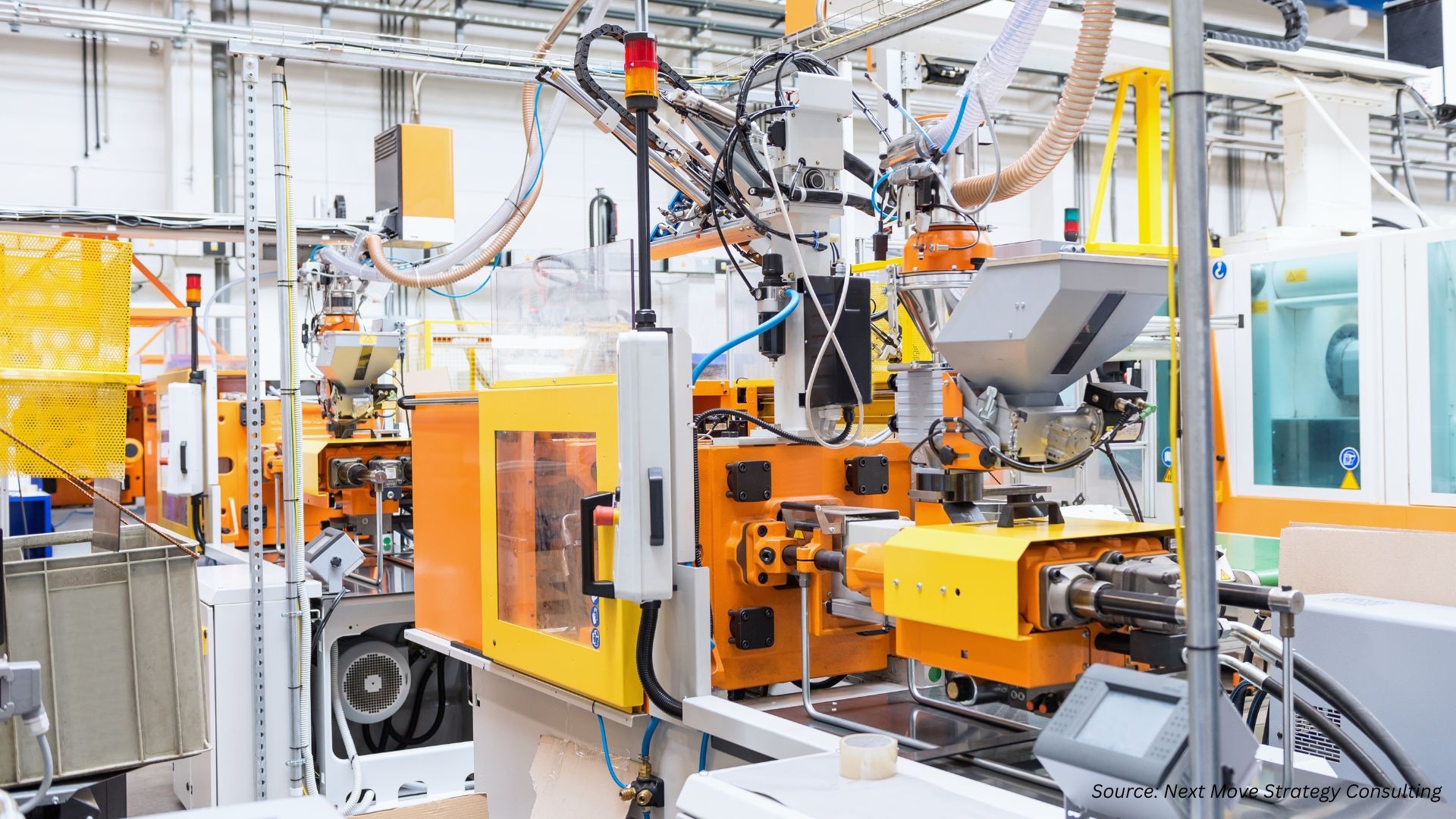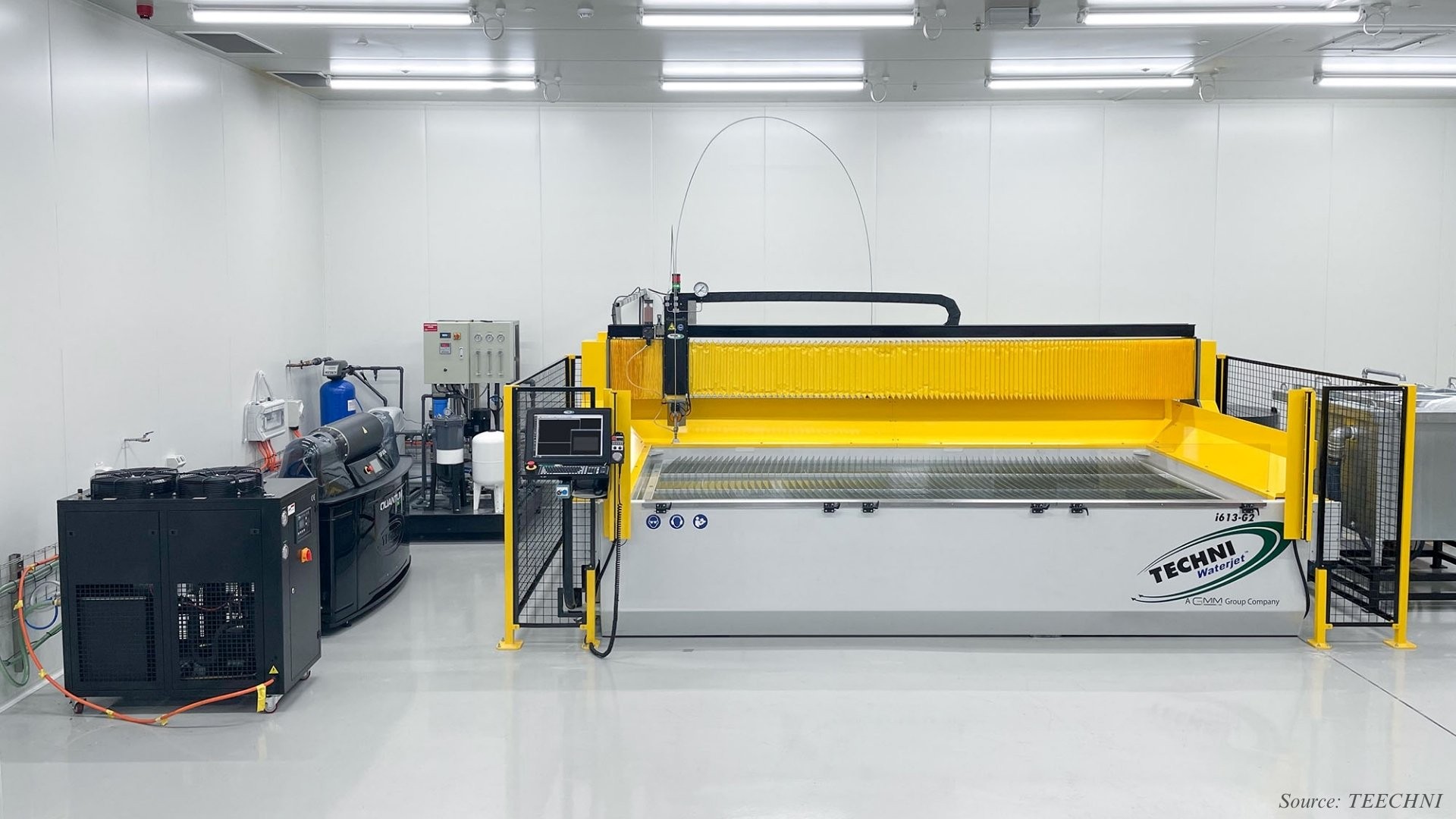Smart Elevators Power Australia’s Vertical Growth: Market Outlook 2025–2030
Published: 2025-10-31

As Australia’s urban landscape stretches skyward, elevators are no longer just mechanical boxes ferrying people between floors—they’re becoming smart, connected, and essential components of modern infrastructure. The country’s booming high-rise development, especially in cities like Sydney, Melbourne, and Brisbane, is driving unprecedented demand for advanced vertical transportation solutions. From luxury residential towers to large-scale commercial buildings, elevators in Australia are evolving to meet rising expectations for safety, efficiency, sustainability, and user experience.
The traditional elevator is being reimagined through technologies such as IoT-based predictive maintenance, AI-driven traffic management, touchless control systems, and energy-regenerative drives. These innovations are not just enhancing performance—they’re also aligning with Australia’s green building initiatives and accessibility standards.
As buildings become smarter and more vertical, elevators are playing a central role in transforming how people move and interact within urban spaces. The Australia elevator market trends is at the intersection of rapid urban growth and technological advancement, making it one of the most dynamic and future-ready sectors in the country’s construction ecosystem.
Building Upward: Urban High-Rises Drive Australia’s Elevator Market Surge
Australia’s rapid urban densification is fueling significant vertical construction, especially in its largest cities. According to the Australian Bureau of Statistics, as of March 2024 the nation’s population reached an estimated 27.1 million, a growth of 615,300 people or 2.3% over the prior year, predominantly driven by net overseas migration. This surge has translated into soaring demand for apartments and high-rise living, accelerating construction activity. Notably, residential towers such as the 100-storey Australia 108 in Melbourne, featuring 11 high-speed elevators supplied by KONE, exemplify the scale of this vertical boom.
Such ambitious builds demand tailored elevator solutions—high speed, high capacity, double deck or machine room less (MRL) configurations—beyond standard lifts.
In summary, Australia’s high-rise construction boom driven by demographic growth and urban densification is directly expanding the elevator market in two major ways: first, demand for cutting-edge vertical systems tailored for tall buildings and second, large scale modernization of existing towers to improve performance, safety, and sustainability. These sector dynamics are expected to continue shaping the future of Australia’s elevator industry.
Technology at the Core: Smart Elevators Redefine Vertical Mobility
The elevator industry in Australia is undergoing a dramatic shift, driven by smart technologies, such as:
IoT & Predictive Maintenance: Elevators equipped with IoT sensors enable real-time performance monitoring, earlier fault detection, and predictive maintenance scheduling—reducing downtime and maintenance costs. For example, The MAX system by TK Elevator, equips elevators with real-time IoT sensors that continuously transmit operational data to a cloud-based AI engine. It autonomously detects anomalies, such as irregular vibrations or temperature shifts and triggers pre-emptive alerts to facility teams and technicians. In many cases, technicians arrive onsite before passengers even notice a problem, with parts and diagnostic steps ready.
AI Enabled Traffic Management: In modern high-rise buildings, efficiently managing elevator traffic, especially during busy periods can be a major challenge. Traditional systems often lead to long waits and crowded rides due to frequent, unsynchronized stops. AI-powered destination-dispatch systems offer a smarter solution. A great example is Otis' Compass 360 system, which was implemented in the modernization of 101 Collins Street in Melbourne, a prominent skyscraper. The system uses intelligent algorithms to manage elevator traffic efficiently, reducing waiting times and improving the overall user experience for workers and visitors in the building.
Touchless & Contactless Controls: In the wake of health-conscious design trends, touchless elevator interfaces via smartphone, voice, or gesture controls are gaining traction across commercial and residential high-rises. For instance, Schindler ElevateMe, part of the CleanMobility suite, enables users to call lifts and select floors entirely via their smartphone eliminates the need to touch panels. The system integrates seamlessly with Schindler’s IoEE-connected elevators and operates through QR-coded stations installed at lift entrances.
Energy Efficient Systems: Regenerative drives, LED lighting, and standby energy-saving modes reduce power consumption, in some cases allowing elevators to feed energy back into buildings. These advancements support Australia's sustainability goals and green building certifications. RegenMaster is a retrofit-friendly regenerative drive system installed on both new and existing elevators across Australia. Connected to the inverter’s DC bus, it captures energy typically lost as heat during elevator braking or heavy loads and feeds it back into the building's electrical system. Smililarly, KONE TranSys DX, available in Australia, features a high-efficiency regenerative drive, along with LED lighting and energy-saving standby modes.
Urban High Rise Development: Catalyst for Adoption
Australia’s urban landscape is experiencing a dramatic transformation, with cities like Sydney and Melbourne witnessing an influx of skyscrapers surpassing 200 meters, many already underway or in planning stages. These vertical edifices impose exacting demands: elevators must be ultra-fast, high-capacity, and intelligent to efficiently transport occupants across dozens of floors. This requirement has made advanced vertical transportation systems indispensable for modern high-rise developments.
Urban planning is also steering the expansion of elevator infrastructure in public transit hubs. Integrating station elevators and escalators into smart city layouts supports seamless, large-scale vertical movement, especially critical for multi-level train and bus interchanges. Together with the soaring skyline, these transit-oriented developments are raising the stakes for elevator adoption and technology deployment.
Moreover, legislative frameworks like the National Construction Code and the Disability Discrimination Act mandate comprehensive accessibility in new and existing buildings. For buildings over 25 meters, emergency lifts and accessible designs are compulsory. This legal environment not only ensures safe and inclusive vertical mobility but also drives investment in modern, compliant elevator systems across mid- and high-rise construction projects.
In essence, Australia’s high-rise boom, supported by smart urban planning and stringent accessibility regulations, is acting as a powerful catalyst for the adoption of advanced elevator technologies nationwide.
Curious about the Australia Elevator Market? Download Your FREE Sample Report Now
Elevating the Future: A Smart Ascent for Australia’s Vertical Growth
Australia’s elevator industry stands at a transformative crossroads, driven by rapid urban verticalization and the growing need for intelligent, sustainable vertical transport solutions. As cities continue to expand upwards, the demand for elevators that combine speed, energy efficiency, safety, and digital intelligence has never been more critical. Emerging technologies such as AI-powered traffic management, IoT-enabled predictive maintenance, contactless control interfaces, and regenerative energy systems are no longer optional, they are becoming industry standards.
Leading global players are actively contributing to this evolution, delivering advanced systems that cater to the specific demands of Australia’s high-rise urban environments. At the same time, companies like Next Level Elevators are enhancing accessibility to smart elevator technologies within residential and boutique developments.
For urban developers, infrastructure planners, and property managers across the country, the message is clear: as Australian buildings rise higher, their elevator systems must advance in step embracing innovation to ensure efficiency, safety, and long-term value in a fast-evolving built environment.
About the Author
 Mayurima Roy is a seasoned researcher with over two years of experience, specializing in various industry verticals such as Elevator market, electric ATV & UTV market, recycling market, and consumer electronics. With a strong passion for writing, she views blogging as a valuable platform to share her industry insights and expertise. Outside of tracking market trends and developments, Mayurima enjoys crafting, cooking, and exploring her creativity through photography.
Mayurima Roy is a seasoned researcher with over two years of experience, specializing in various industry verticals such as Elevator market, electric ATV & UTV market, recycling market, and consumer electronics. With a strong passion for writing, she views blogging as a valuable platform to share her industry insights and expertise. Outside of tracking market trends and developments, Mayurima enjoys crafting, cooking, and exploring her creativity through photography.
About the Reviewer
 Sanyukta Deb is a skilled Content Writer and Digital Marketing Team Leader, specializing in online visibility strategies and data-driven campaigns. She excels at creating audience-focused content that boosts brand presence and engagement, while also pursuing creative projects and design interests.
Sanyukta Deb is a skilled Content Writer and Digital Marketing Team Leader, specializing in online visibility strategies and data-driven campaigns. She excels at creating audience-focused content that boosts brand presence and engagement, while also pursuing creative projects and design interests.
















Add Comment